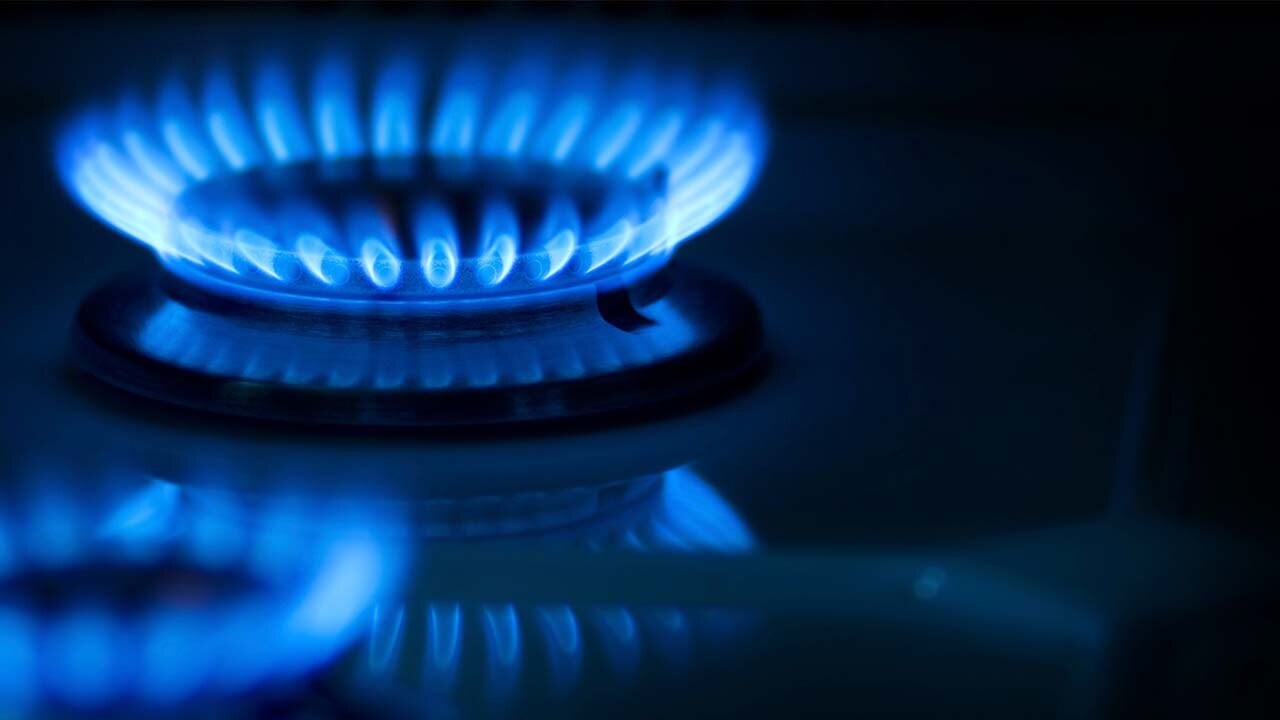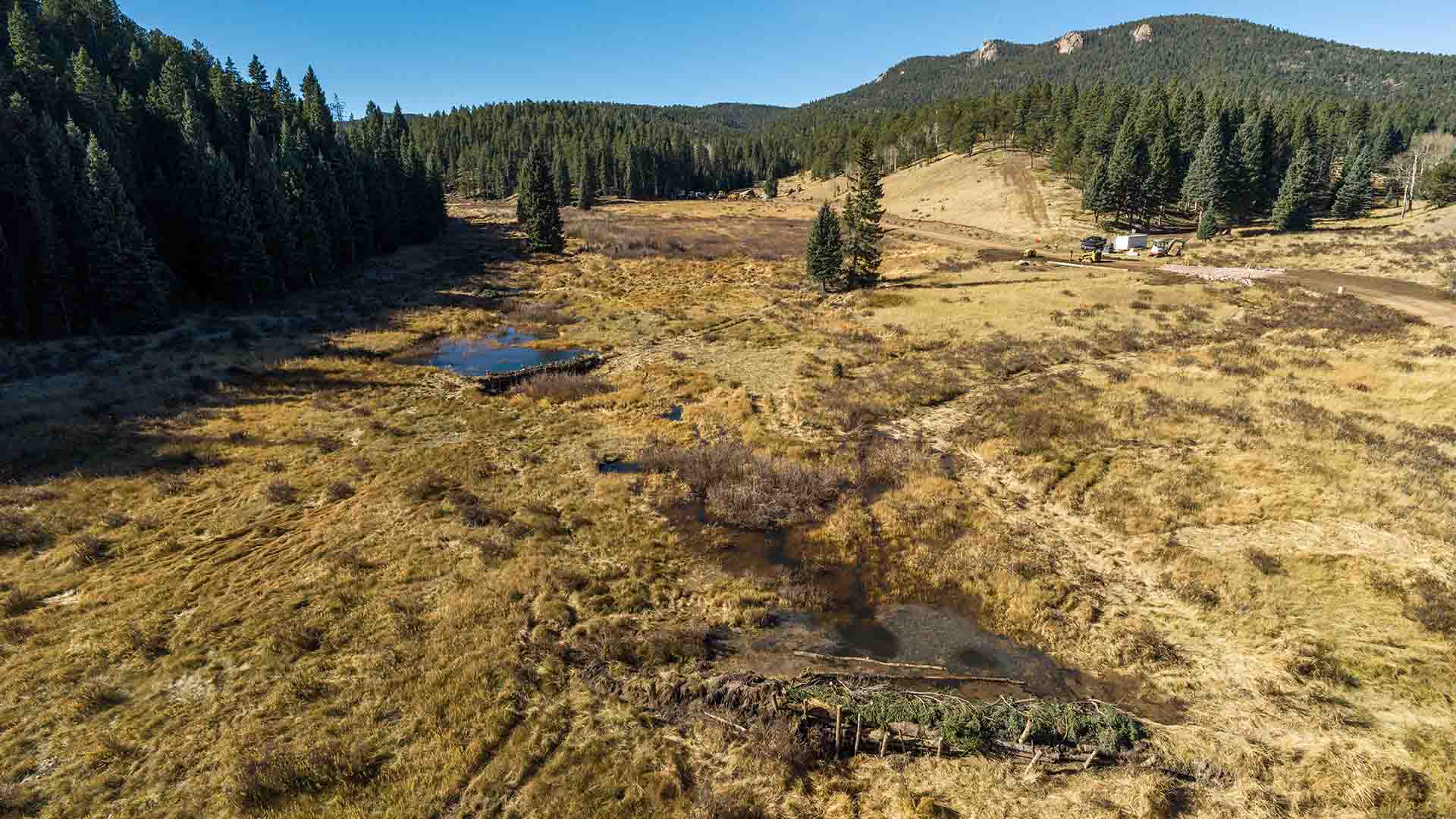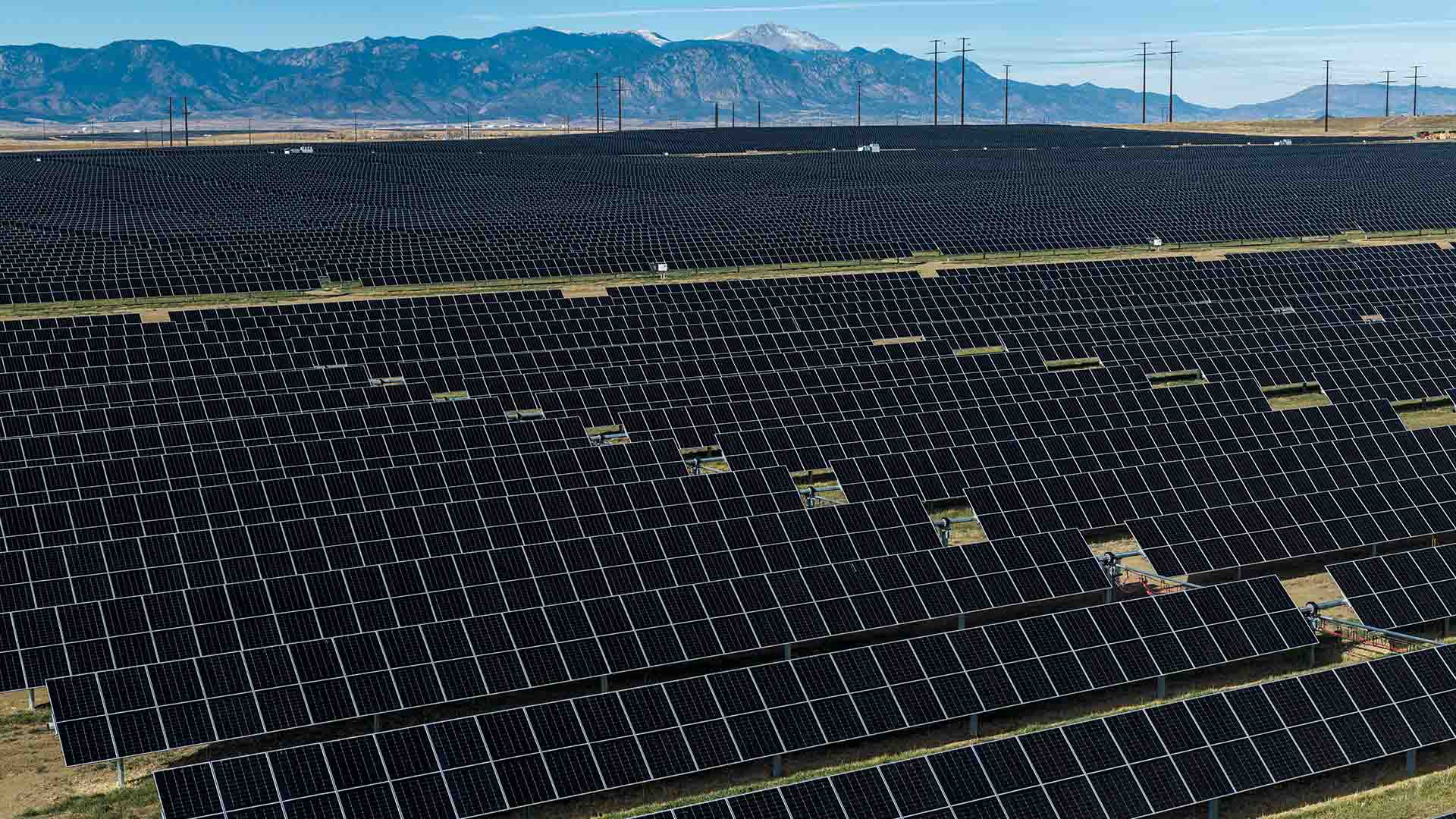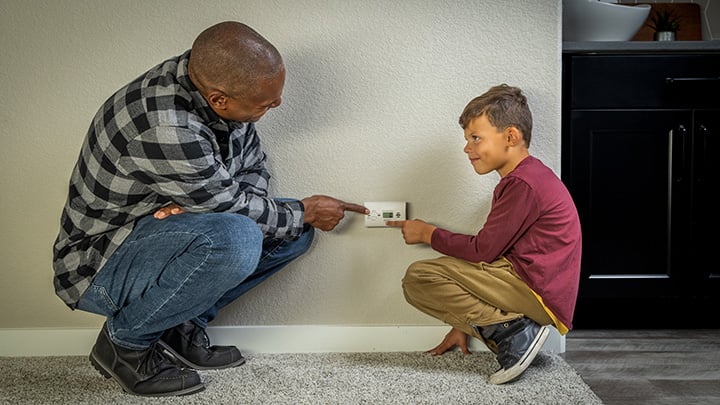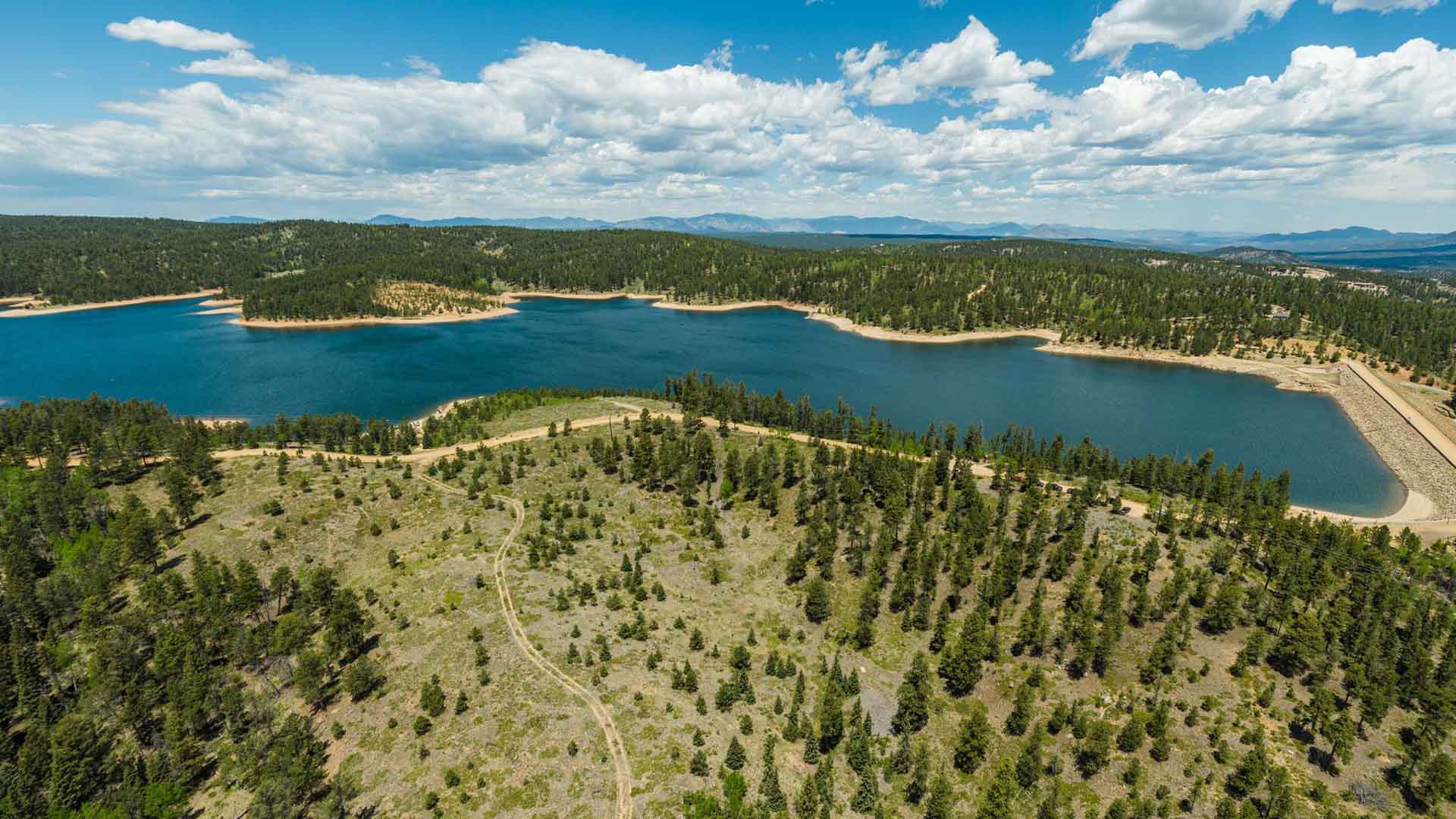
Steve B.
Duration: 1 minute
Published on March 10, 2023
There are approximately 60 electric substations strategically located across the Colorado Springs area. Some of these substations are several decades old and nearing the end of their lifespan, but they represent the central nervous system for our electric grid. Power cannot be reliably and safely delivered to your homes and businesses without substations.
In simplest terms, substations transform voltage from high to low or from low to high, as needed. As we pursue a more carbon-free energy future within the next decade, the size, adaptability and location of substations continue to grow in importance.
As periods of peak demand increase, generation sources evolve and customer needs change, it is more important than ever that modern substations are located closer to higher-capacity transmission lines. Many of our current substations were built decades ago when local population size was much smaller, system loads were significantly less, and our lower voltage electric lines could reliably serve many substations.
Additionally, future substations should ideally provide space and technology to accommodate battery storage. This storage will be important for system resiliency in our transition to more carbon-free energy.
Beyond adapting our substations for the latest technology and reserving space for future expansion, they must also provide a high degree of reliability through higher-capacity transformers and related equipment. A single failure at a substation can knock out power to thousands of customers. During periods of high demand, such as the height of the summer, the risk and consequences of a substation failure increase exponentially.
Over the last several years, our team of talented planners and engineers have been evaluating our entire substation network to ensure long-term reliability and safety. This assessment has included age, community impact, location, capability for future expansion, redundancy, ongoing maintenance costs, and the cost of upgrades vs. relocation.
As this assessment progresses, several key substations are being identified for upgrades, consolidation, and possible relocation to meet customer demands, peak loads, and to maintain system resiliency and reliability.
Substations on the priority list for expansion, upgrades or relocation are typically located in northern, central and eastern Colorado Springs.

